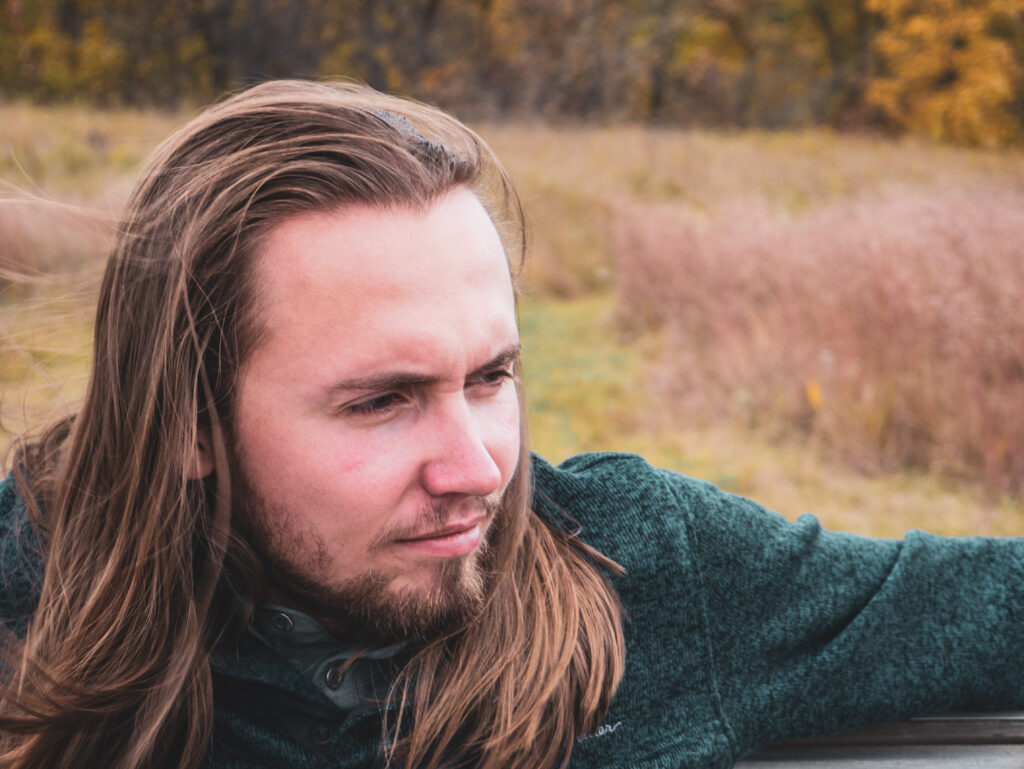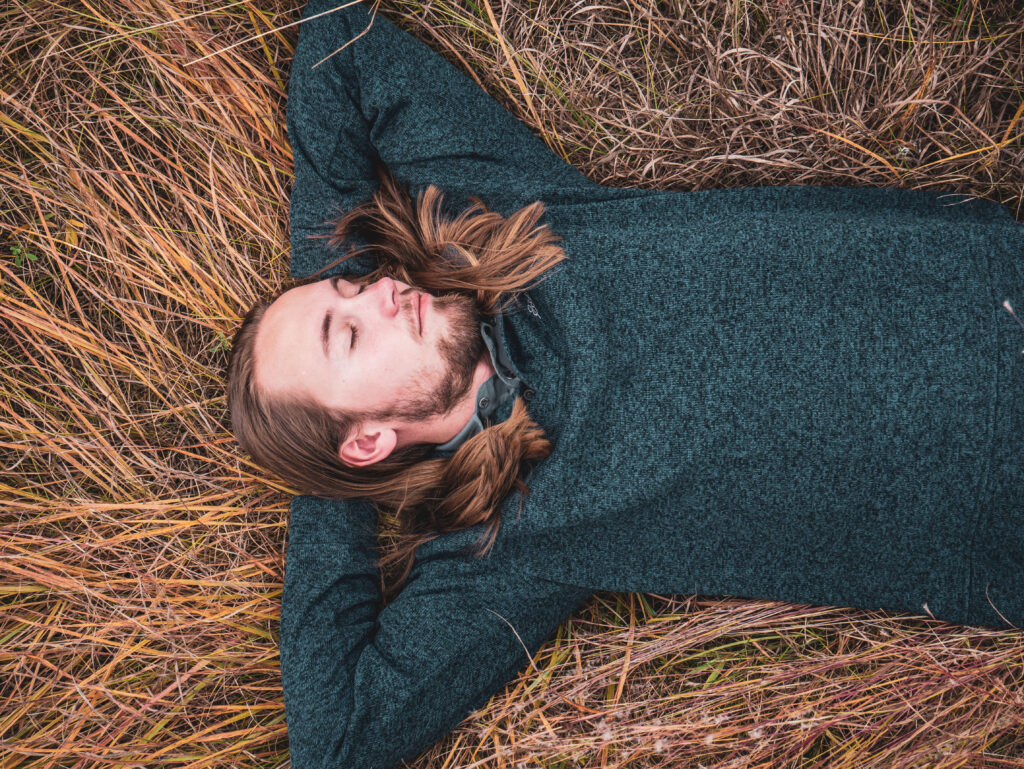It can be difficult to pay attention to composition when working with real people. It’s demanding to focus on your settings, lighting, working with the person, and getting powerful composition. Learning these portrait specific rules of composition will make it easier to get consistently good portraits that you and your subject will love.
Fill the Frame
Don’t be afraid to get close to your subject. It is ok to have the entire photo be your subject. Zoom in quite a bit and get physically close. This can make for striking photos.
Zooming in also accentuates depth of field. If you don’t have a prime lens with a really fast aperture, zooming in is a great way you can still get creamy bokeh.

Direction
Placing your subject with consideration of the direction of their body, face, and eyes can make for interesting composition. The viewer will naturally pay attention to the eyes of the subject, so pay careful attention to where they are looking and leave negative space in front of their eyes so that the frame doesn’t feel crowded.

Depth of Field
Having a shallow depth of field will keep the focus on the subject. This is achieved by having an open aperture (low F/). Try using a very open aperture (ex. F/1.4) so that only the eyes and face of the subject are in focus.
Leading Lines
The human body can be posed to create leading lines. Pose your subject with regard for the position of their arms and legs. Pay attention to the curve or straightness of their torso. Pose their head and neck to complete the lines you wish to have.

Creativity
Portraits are a very different form of photography. Use lighting from different angles. Try backgrounds with lots of texture or none at all. Use opposing or complementary colors. Try using busy, interesting backgrounds, or very plain ones. Portraits beg for creativity. Try some out.
Shoot From Different Angles
Framing
Get Really Close
Negative Space
Getting the Eyes Right
There are two facial features that make or break a photo. The eyes are one of them. The eyes tell the viewer whether the subject is confident, uncomfortable, nervous, or fake. We want real and confident. This can be achieved with something called the “squinch”. This term was coined by the famous portrait photographer Peter Hurley. Check out the following video to learn more about the “squinch”.
Getting the Mouth Right
The mouth is the second facial feature that makes or breaks a photo. The mouth can convey joy, approachability, or fakeness. Joy and/or approachability are what we want. If you want your subject to look unapproachable, let them keep flat lips. Even the hint of a smile will give your subject some approachability. If you want your subject to look like their smile is fake, tell them to smile or do the cliché “say cheese”. That will get a fake smile 9 times out of 10 and everyone who sees your image will know it. To get real joy and approachability out of a subject, they need to really laugh. If they’re laughing, when do you take the picture though? Towards the end of a laugh, the face moves into a regular smile that still has real emotion. Everyone who sees a photo taken at that time will feel its authenticity. This does mean you need to make your subject laugh. No one said good portraits were easy.
